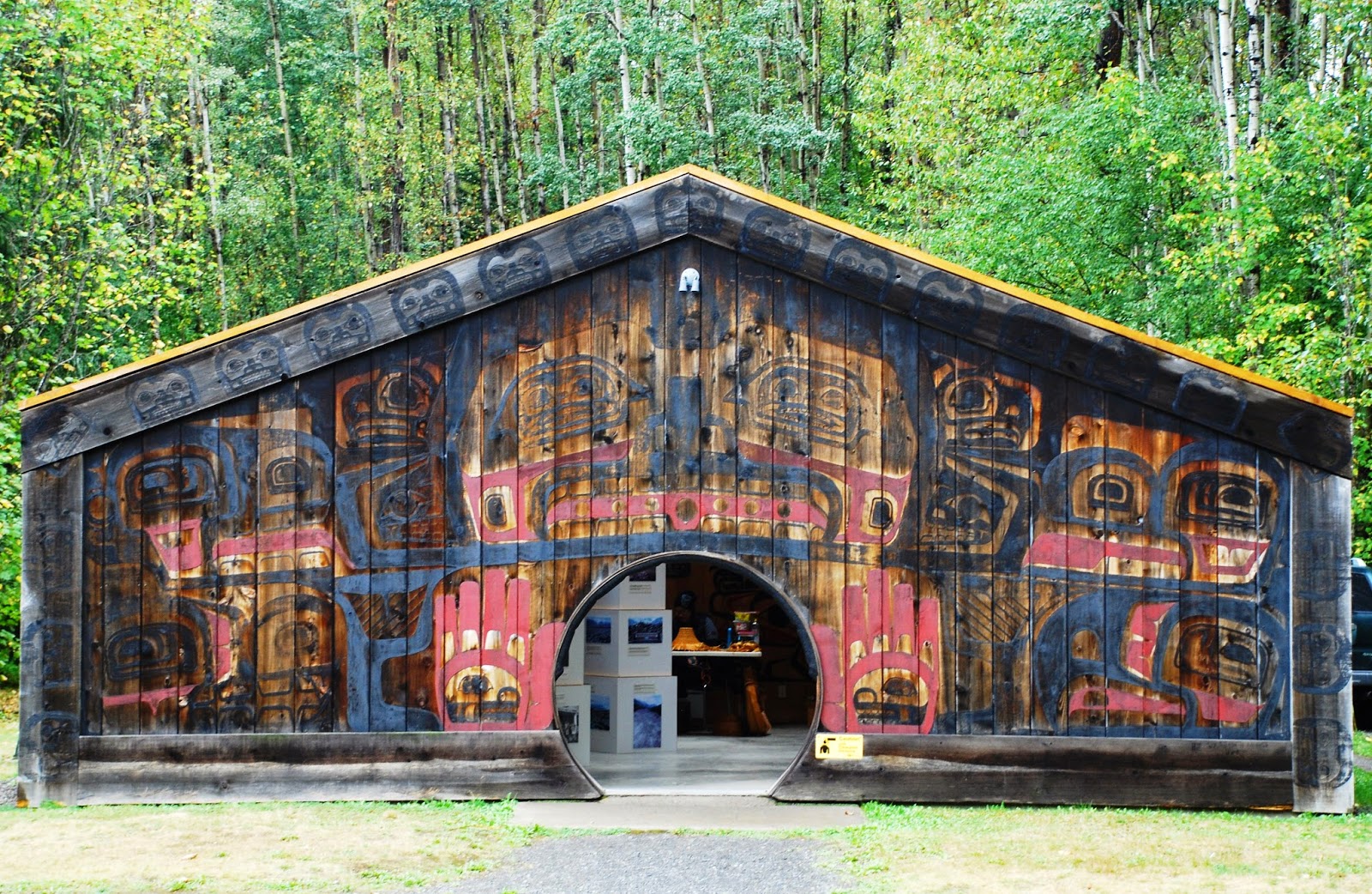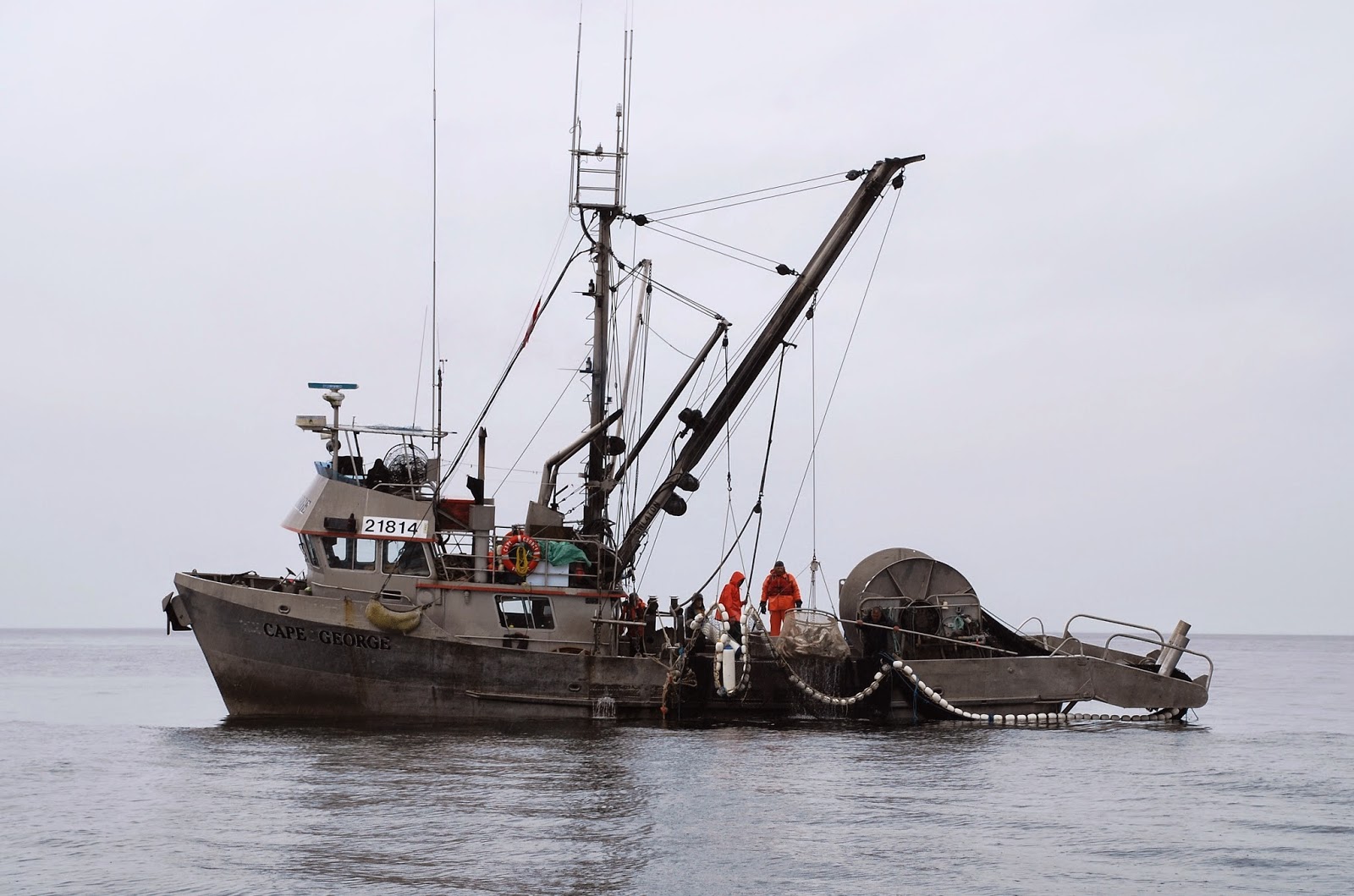Heading into Northwest Community College last week, I went
to open the front door and felt the breath go out of me.
Geneviève
Bergeron.
The name was pasted to the glass. Seeing it gave me that kind of gut feeling
you sometimes have when you glimpse a long lost love or read a name of a
long-passed person that was special to you.
Breathlessness.
Down the hall there were more names: Hélène Colgan, Nathalie
Croteau, Barbara Daigneault, Anne-Marie Edward, Maud Haviernick, Maryse
Laganière, Maryse Leclair, Anne-Marie Lemay, Sonia Pelletier, Michèle Richard,
Annie St-Arneault, Annie Turcotte, Barbara Klucznik-Widajewicz.
I remember, I remember, I remember, I repeat under my
breath.
Fourteen women, none of whom I knew, cause tears to come to
my eyes every December.
I was 9 years old when they were separated from their male
classmates, lined up and shot or hunted down in the halls of École Polytechnique in
Montreal. Their killer was a man whom I
don’t care to name who blamed “feminists” for the shortcomings in his life.
7 years after their murder I attended a memorial at the
college in New Westminster where I grew up with other high school classmates to
remember this tragedy. To call to action
the end of violence against women. I was
asked to lay a rose when they read out Genevieve’s name. It was the first time I really contemplated
this issue.
It is now 25 years later and the issue of violence against women
has been on my mind more than ever before.
It’s not simply the big news stories that have been dominating the media
in 2014: the Ghomeshi allegations and the Ray Rice incident. Living in the north, this issue is bigger and
scarier than I've ever realized.
From 1969-2011 at least 18 women have gone missing or were
found murdered along the 800 kilometre length of highway 16 - the so-called
Highway of Tears. Some estimate the
number of victims may be closer to 40.
In September, Canada’s youngest serial killer, Cody
Legebokof was convicted of murdering four women in the North: Loren Donn Leslie,
Jill Stacey Stuchenko, Cynthia Frances Maas and Natasha Lynn Montgomery.
The list of names adds up.
I try hard to remember.
I wish I had the answer.
I wish there was a quick prescription to write for a more equal, compassionate,
safe society. There isn’t. I do know, however, that our governments are
not taking this issue seriously. Two
years after the Missing Women’s Commission in B.C. said offering safe,
accessible transportation along the Highway of Tears was an urgent
recommendation which should be implemented immediately, there is still no
shuttle. According to our local MLA,
Jennifer Rice, instead the B.C. Liberals have made a webpage of transportation
resources including limo services. This
is almost laughable. Likewise, our federal
government has refused to hold an inquiry into the shameful national issue of
missing and murdered aboriginal women in Canada.
But beyond our governments, we all have a role to play in
not only contributing to an equal and safe society for women, but in continuing
the conversation about violence. Keep talking about it, friends. Keep talking and thinking and working.
It may be clicktivism, but each year on Dec 6th,
I copy Genevieve’s name and those of her 13 other classmates into the status
bar of my facebook account, if to do nothing more than say :
I remember, I remember, I remember.
25 years has passed.
We have to do better.










































